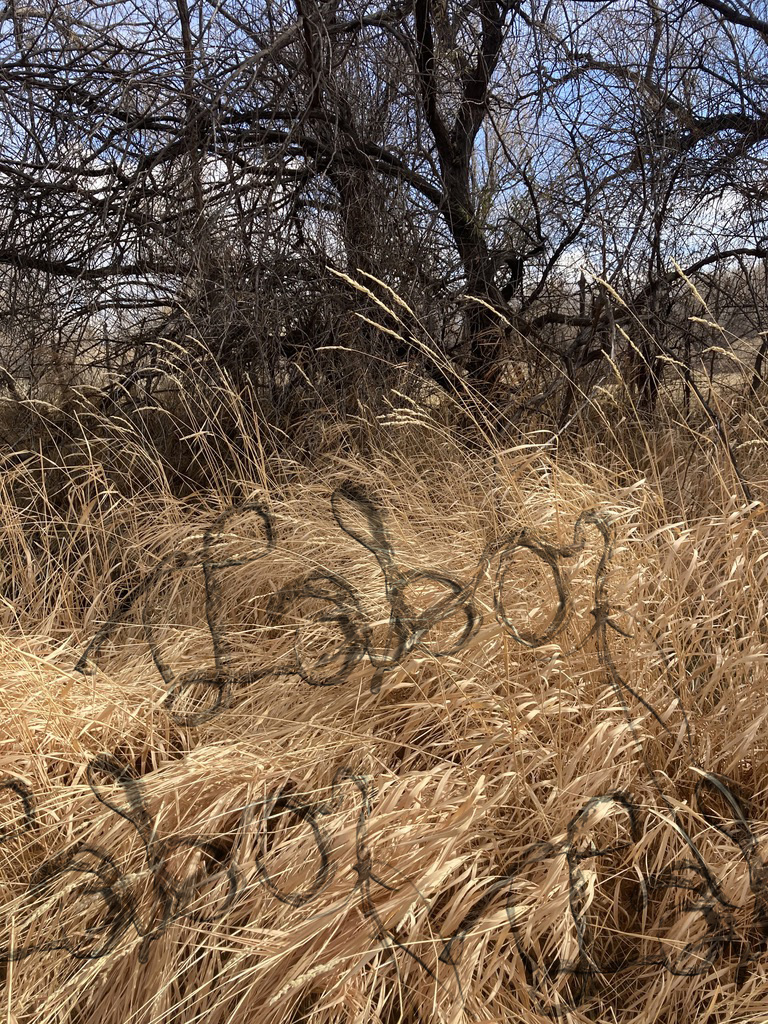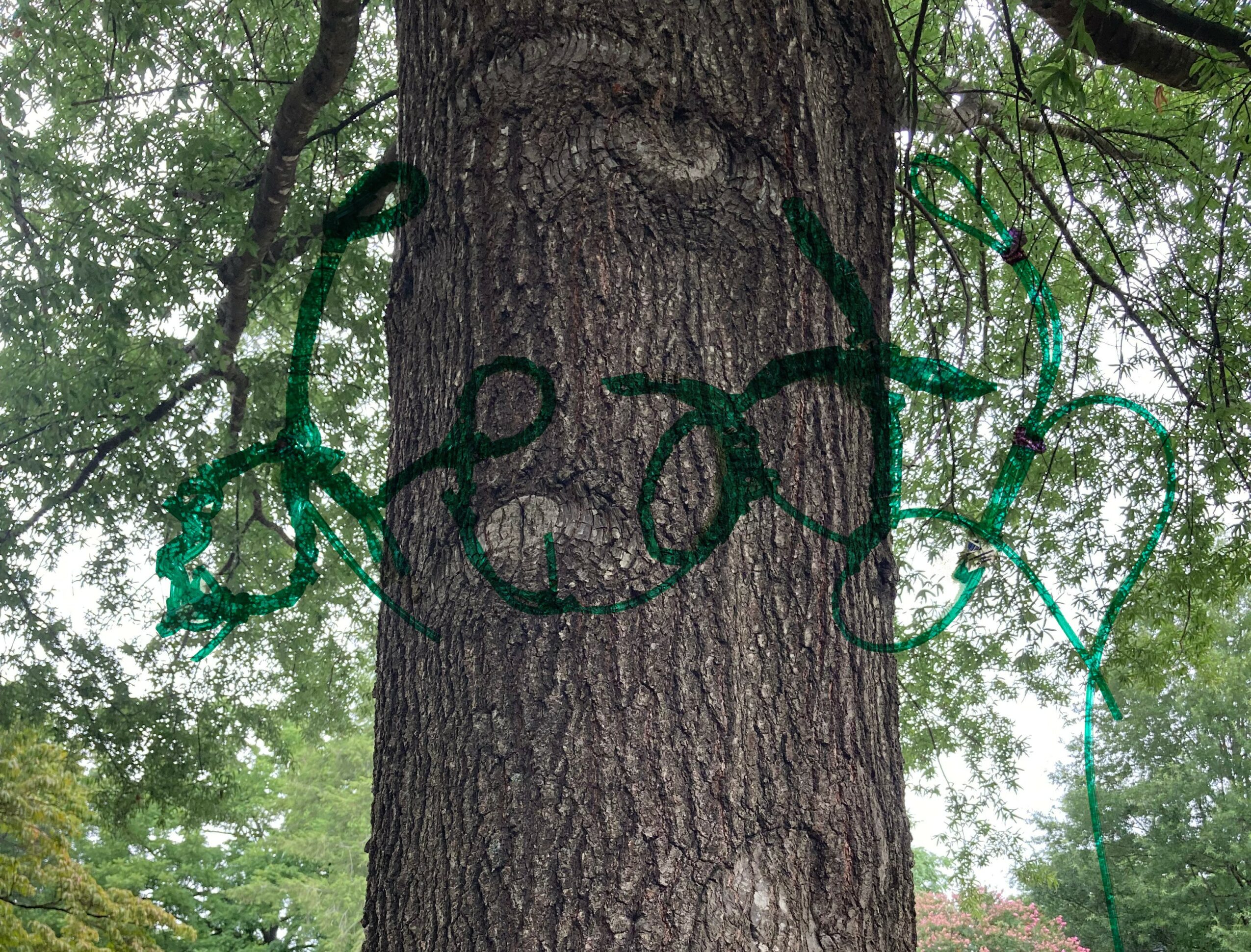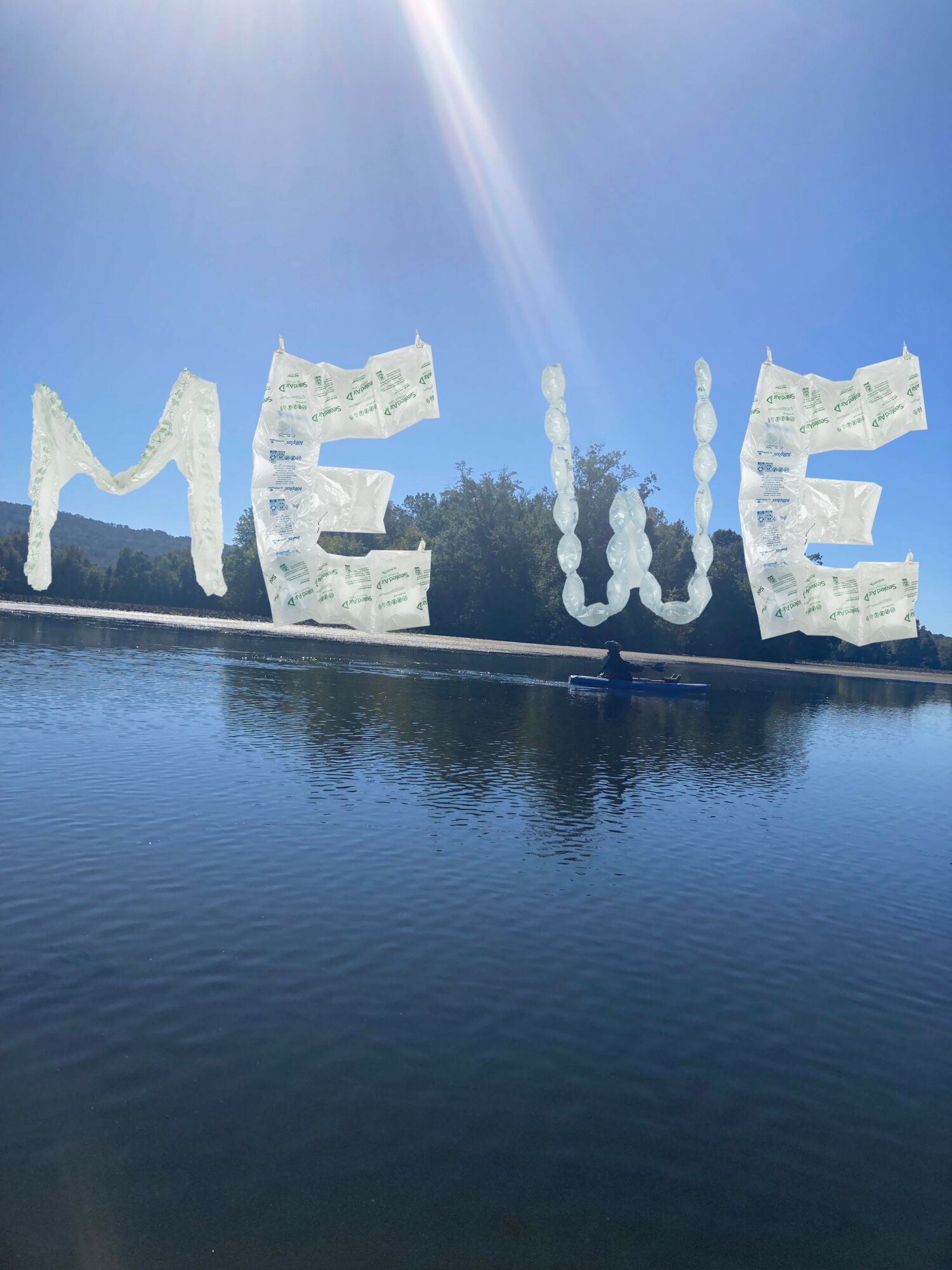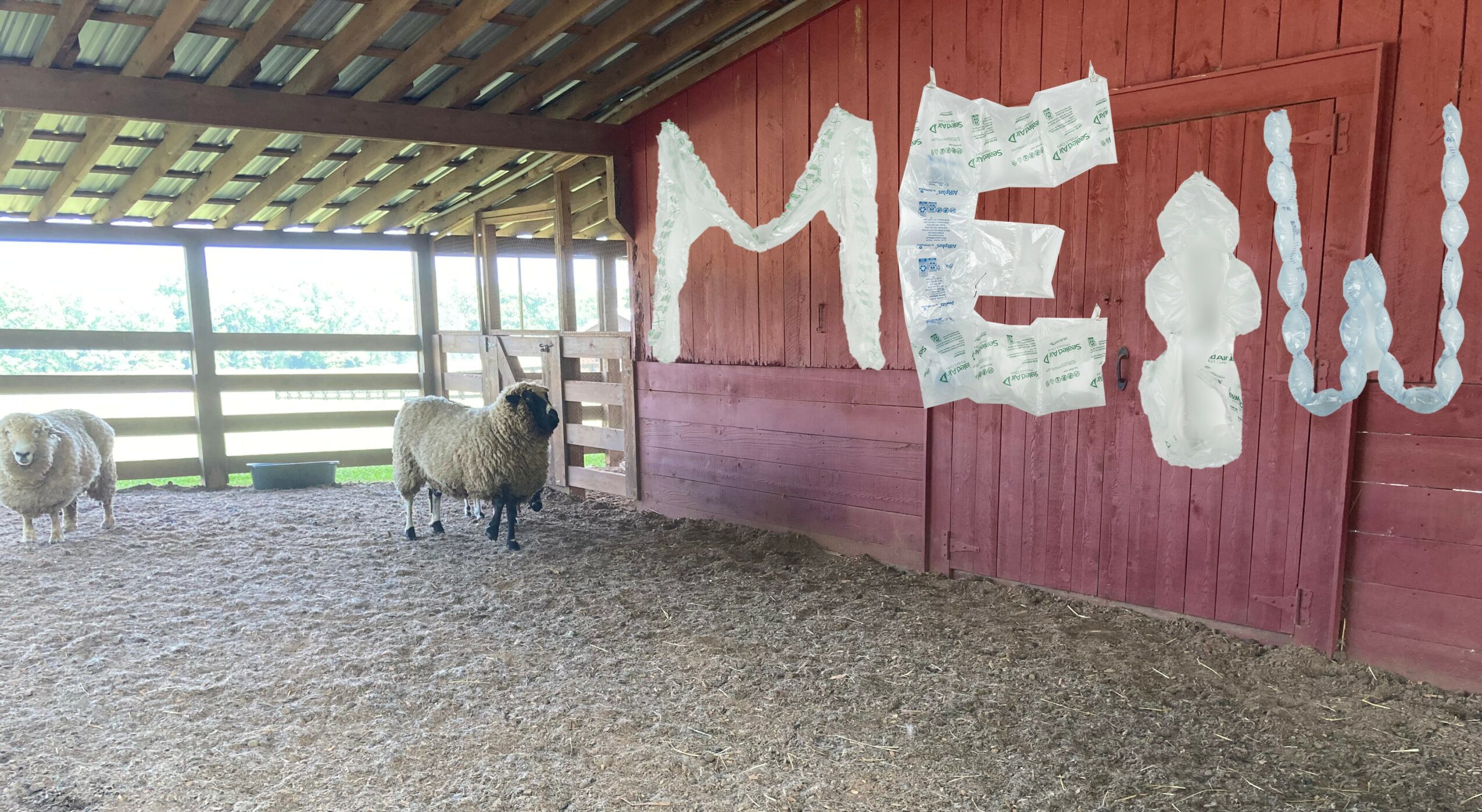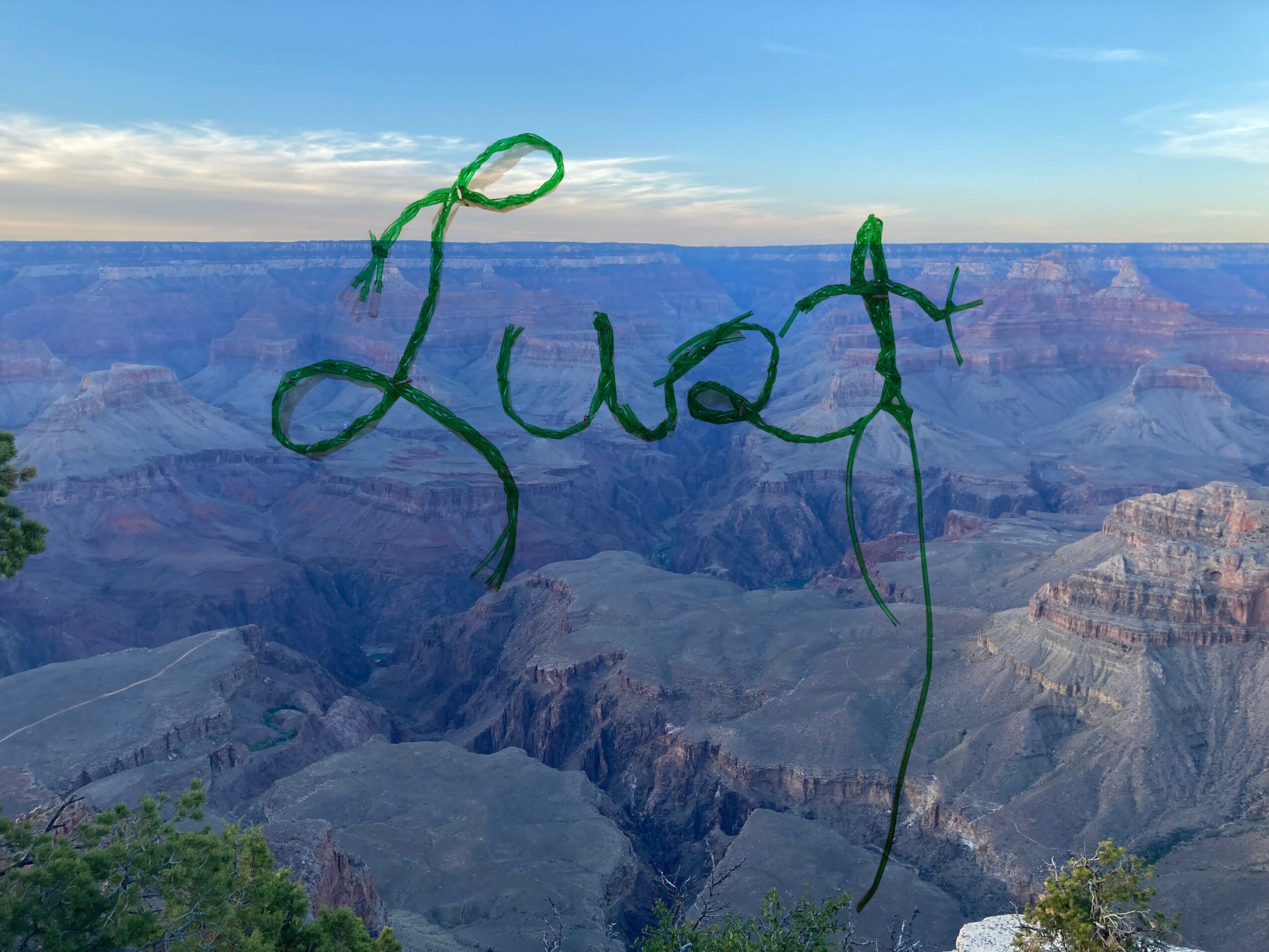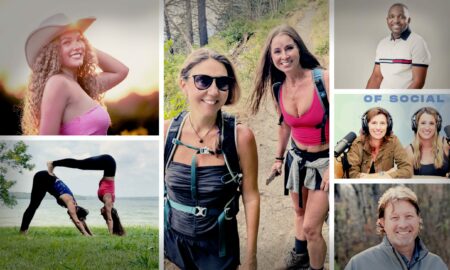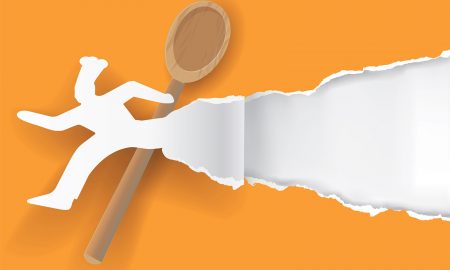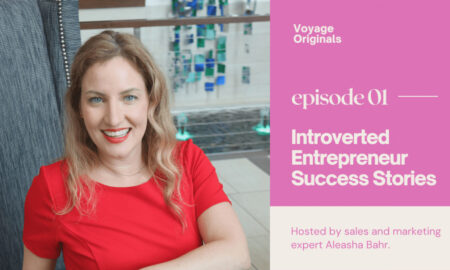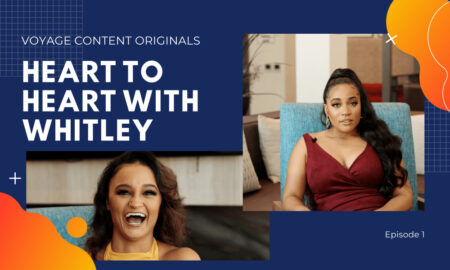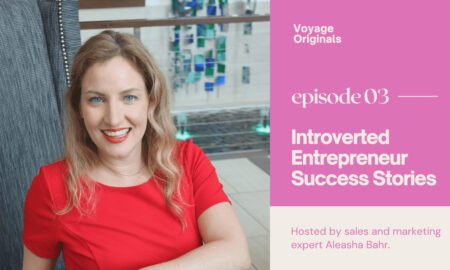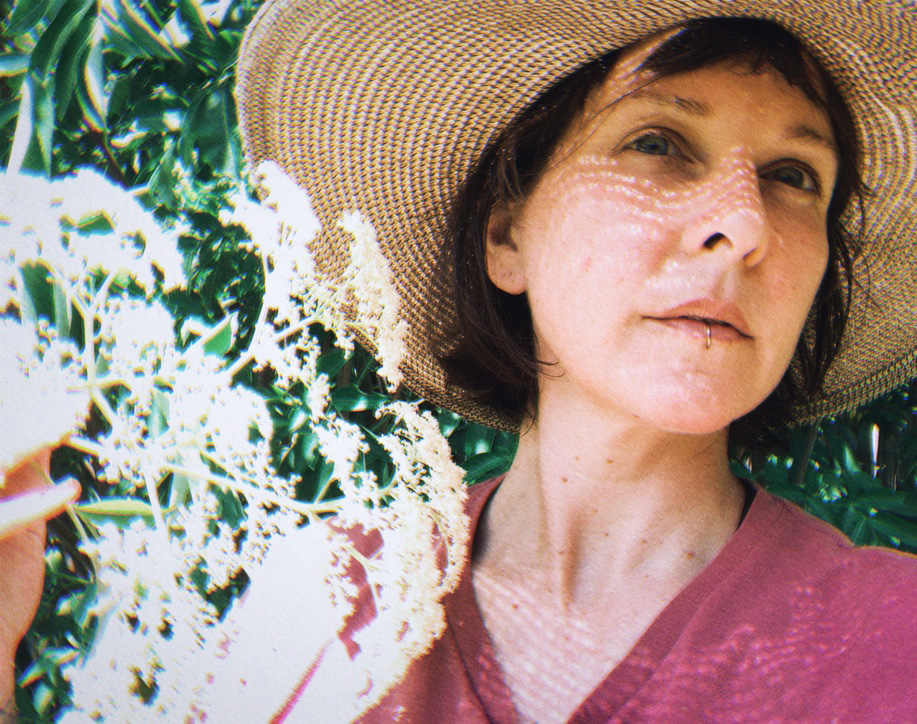

Today we’d like to introduce you to Courtney Adair Johnson.
Courtney Adair , we appreciate you taking the time to share your story with us today. Where does your story begin?
I call myself a reuse artist because my work begins with the materials we already have. For years I’ve centered my practice on questioning consumption. How we use resources, what we throw away, and what possibilities open up when we choose to reuse. That philosophy has guided both my art and my professional life.
Recently, I stepped away from my role as Gallery Director at Tennessee State University to return to my studio practice and to build something bigger than myself. I’m now co-creating Land Hearts, a land-based art project with two of the coolest people I know, Emmy Carter and Marlos E’van. Together, we’re imagining a sustainable, community-centered future grounded in creativity, care, and collective stewardship.
As a collective, our points of unity guide us: we prioritize people, the planet, and future generations over profit; we build with a reuse mindset; we share our materials, skills, and knowledge freely; and we practice consensus-based decision-making and non-violent communication. Racial, social, and environmental justice shape our anti-capitalist framework, and we value relationships and integrity above becoming a money-making machine.
Our vision includes providing access to affordable land, generational housing, and shared spaces where the anxiety of displacement can ease. We honor nature as a restorative force, work with the seasons, and use creativity as a tool for healing, communication, and growth. At our core, we believe you can be—and love—in unlimited ways.
Today, we’re actively searching for land to steward and inviting new members into the fold. My journey, from reuse-focused artist to land steward is rooted in the same question I ask of my art: how can we take what we have, care for it, and imagine something more sustainable, equitable, and beautiful together?
Would you say it’s been a smooth road, and if not what are some of the biggest challenges you’ve faced along the way?
Creating something collective takes time, patience, and a willingness to grow through the uncomfortable parts. People come and go, and part of the work has been finding those who genuinely want to build together for the long haul. We’ve learned a great deal from one another, other intentional communities and land-based projects, including what works, what doesn’t, and what it truly takes to sustain a shared vision.
Access to affordable land remains one of the biggest hurdles. Navigating systems that aren’t designed for collective ownership or long-term stewardship has been challenging. Sharing resources, such as material, financial, and emotional support, also requires constant communication, trust, and transparency. Consensus is a beautiful process, but it’s slow, and it asks all of us to show up fully.
On top of that, we’re each balancing busy, sometimes hectic lives, and the realities of change: family shifts, moves, job transitions, and personal growth. But even with the struggles, every step clarifies our purpose. The challenges remind us why this work matters and why building a community that centers care, sustainability, and creativity is worth it.
Can you tell our readers more about what you do and what you think sets you apart from others?
My work and Land Hearts are deeply intertwined. The mission of Land Hearts is to grow, create, wild, heal, and connect in land-based community, and my art practice operates within that same space. I’m a reuse artist, and I specialize in transforming discarded materials, often plastics, into visual statements that challenge how we consume and relate to the natural world.
The images I am sharing with you examines the placement of handmade words or phrases, cut from plastic waste, directly into or alongside natural environments. That juxtaposition is intentional: it speaks to my desire to honor the Earth while confronting the reality of trash, consumption, and discard. The work becomes both a meditation and a call to action, asking viewers to slow down, to notice, and to question what we’ve normalized.
I stopped buying art supplies years ago and committed fully to a reuse-based practice. That decision shaped not only my materials but also my values. It opened up conversations about consumption, sustainability, and creativity as a tool for change.
Land Hearts isn’t separate from my art; it’s an expanded form of it. The same questions I ask in my studio. How do we honor nature? How do we reuse what we have? How do we build futures that feel sustainable and alive? These questions also guide the collective. My work isn’t just about making objects; it’s about imagining new systems, relationships, and ways of being on the land.
In that sense, the art and the community are one project: both rooted in care, resourcefulness, and the belief that creativity can transform how we live.
We’d love to hear about how you think about risk taking?
One of the biggest risks I’ve taken was resigning from my position as a Gallery Director to focus on my own art practice and to co-build Land Hearts. Leaving stability, structure, and a traditional career path to pursue a community-based, land-centered vision is not a small decision. It requires financial risk, emotional risk, and the kind of long-term commitment where the outcome is unknown.
Building a collective is also inherently risky. Consensus is slow. People’s lives change. Finding affordable land is daunting. And choosing an anti-capitalist, sustainability-driven model in a world shaped by profit is, in itself, a risk. But it’s one I believe in.
My view is that risk is about aligning your actions with your values even when the safer choice is to stay in place. Every major shift in my life has come from saying yes to that alignment. When I look at Land Hearts, at my reuse-based art practice, at the communities I care about, I see risk as a necessary ingredient for growth. It’s the space where possibility lives.
Contact Info:
- Website: https://www.courtneyadairjohnson.com
- Instagram: courtneyadairjohnson
- Other: https://artandrecycling.wixsite.com/landhearts
